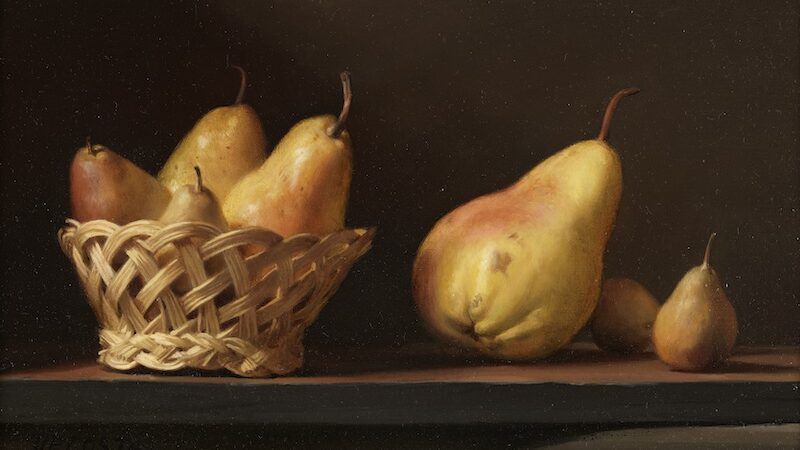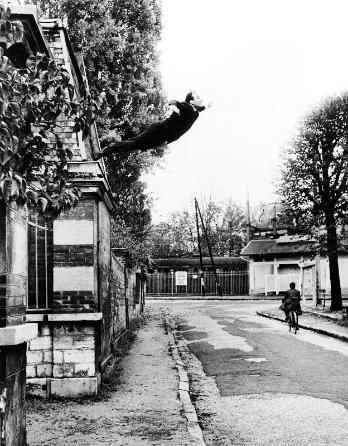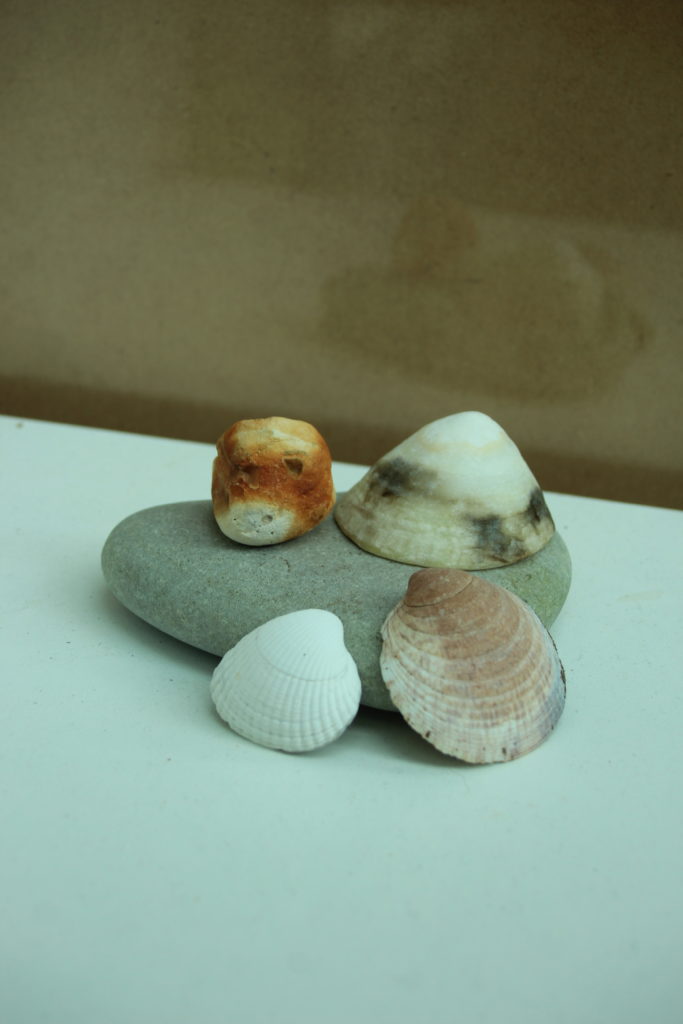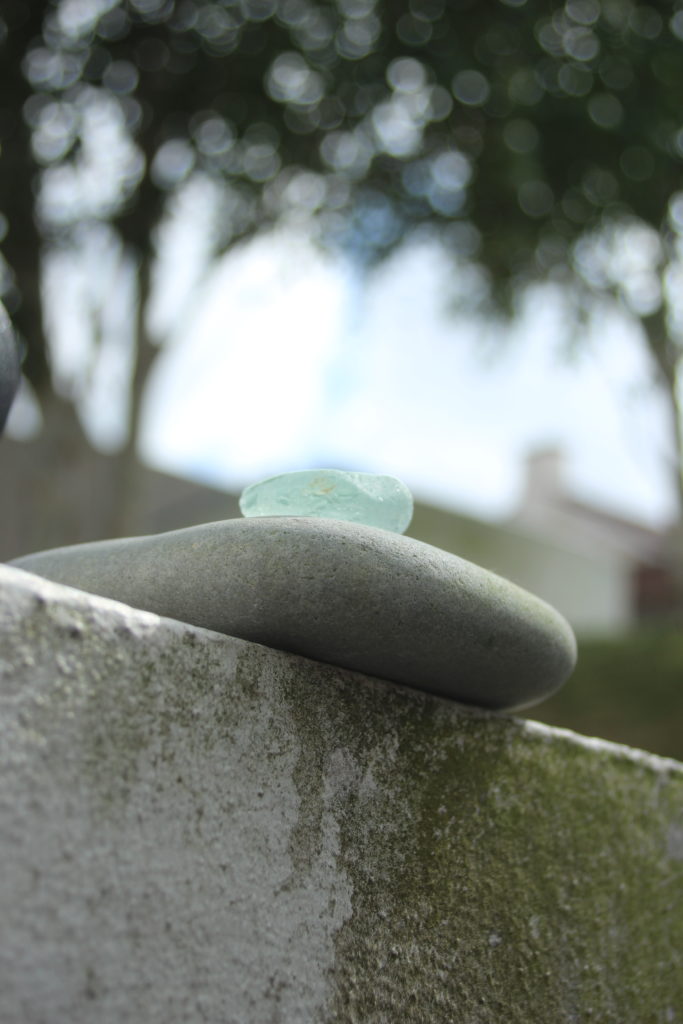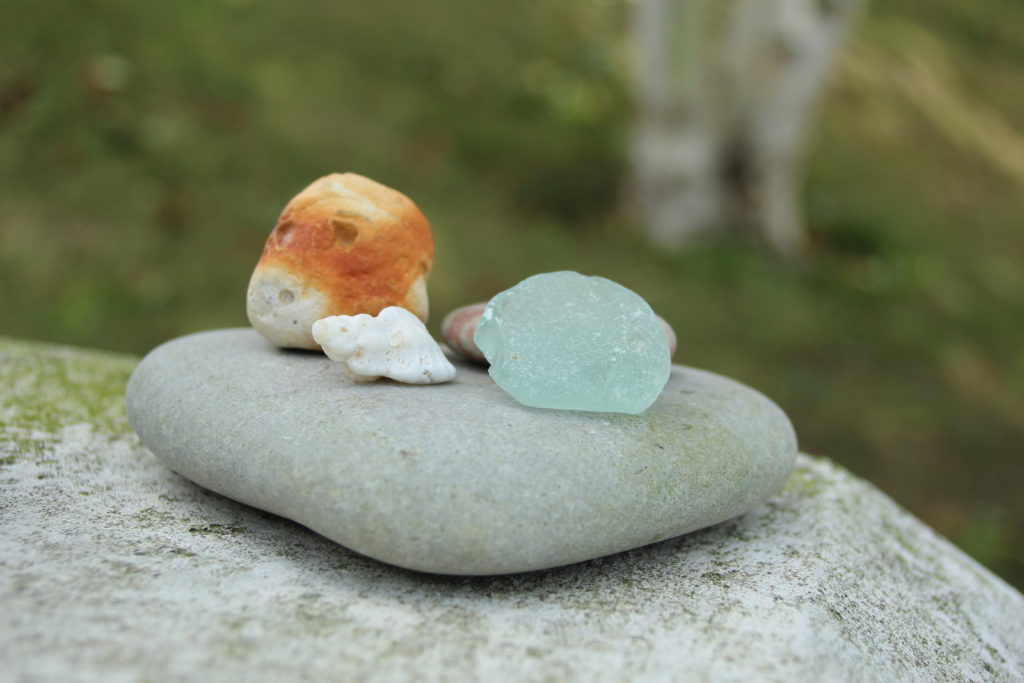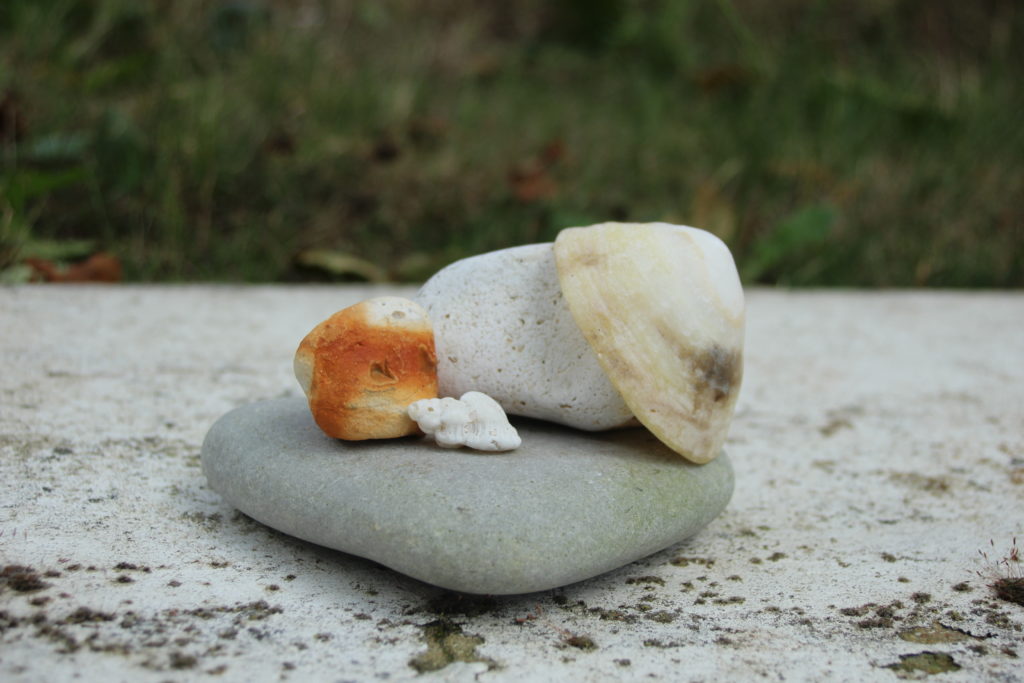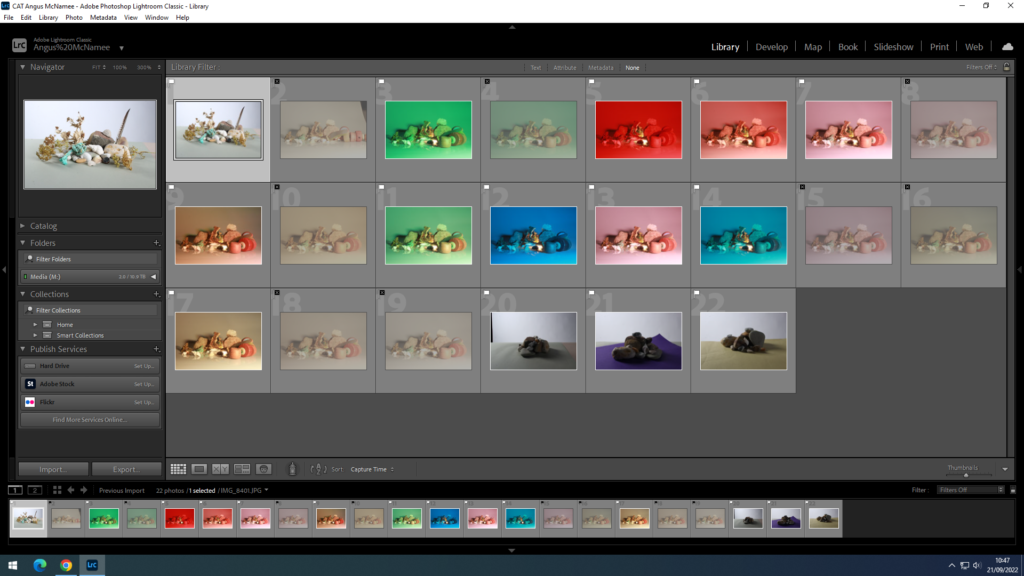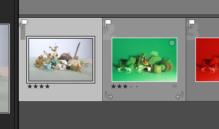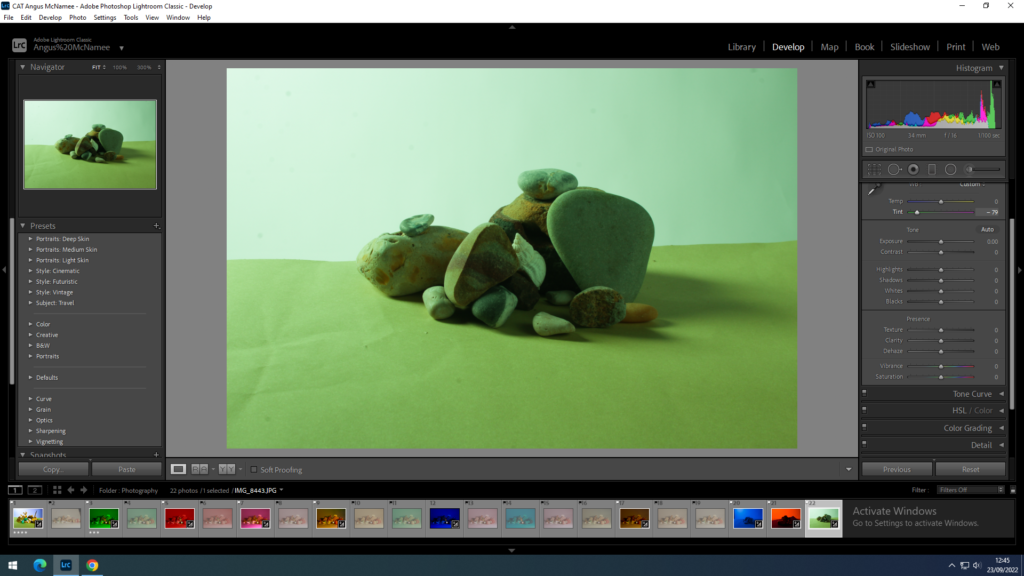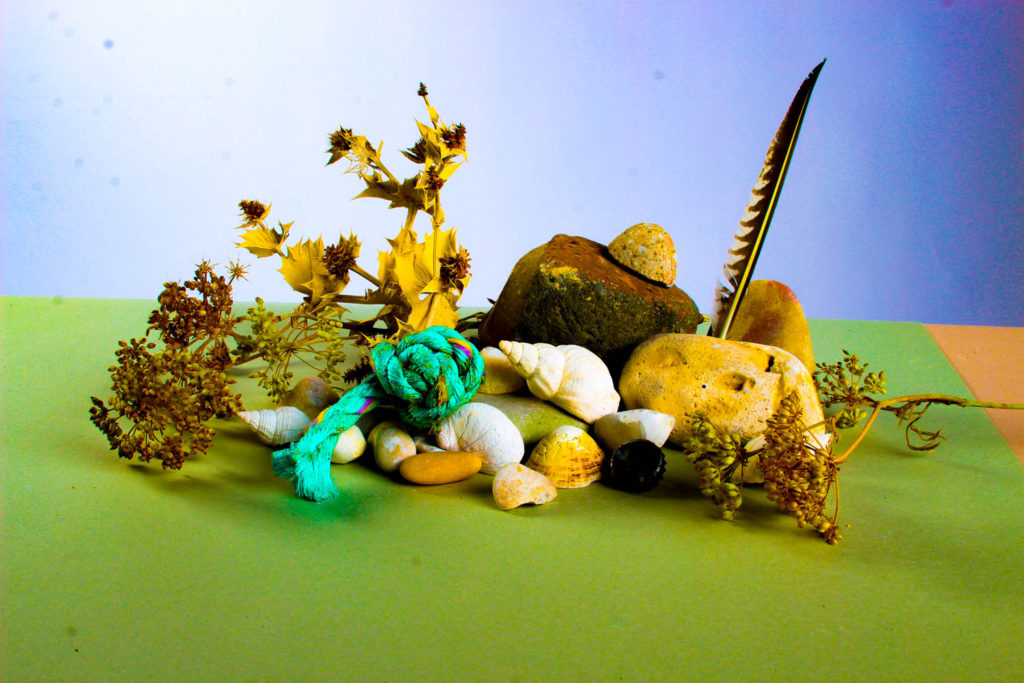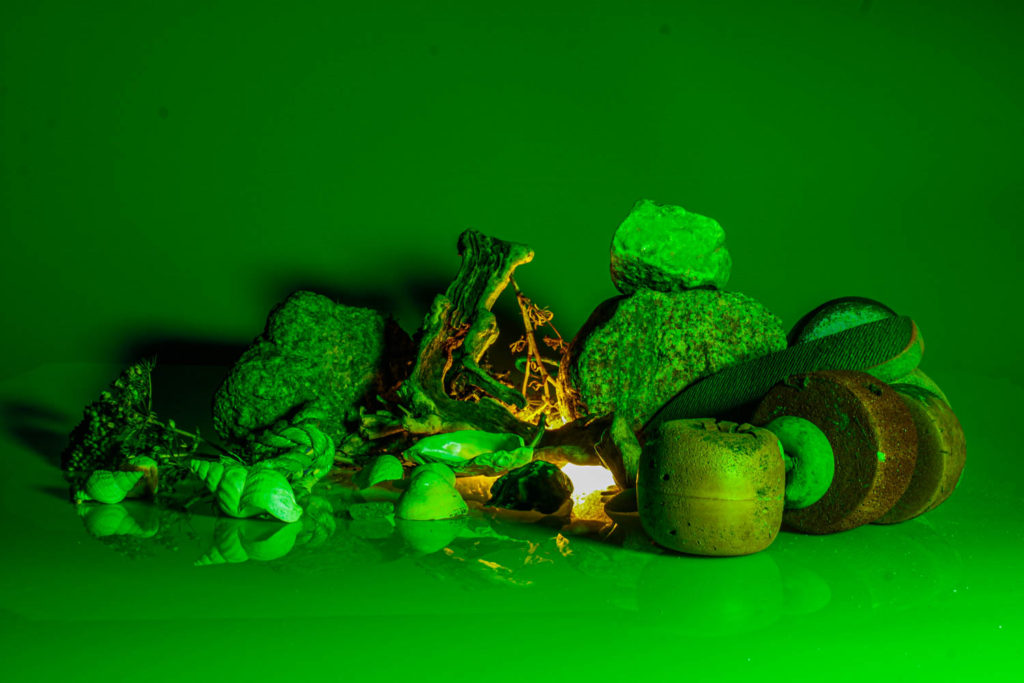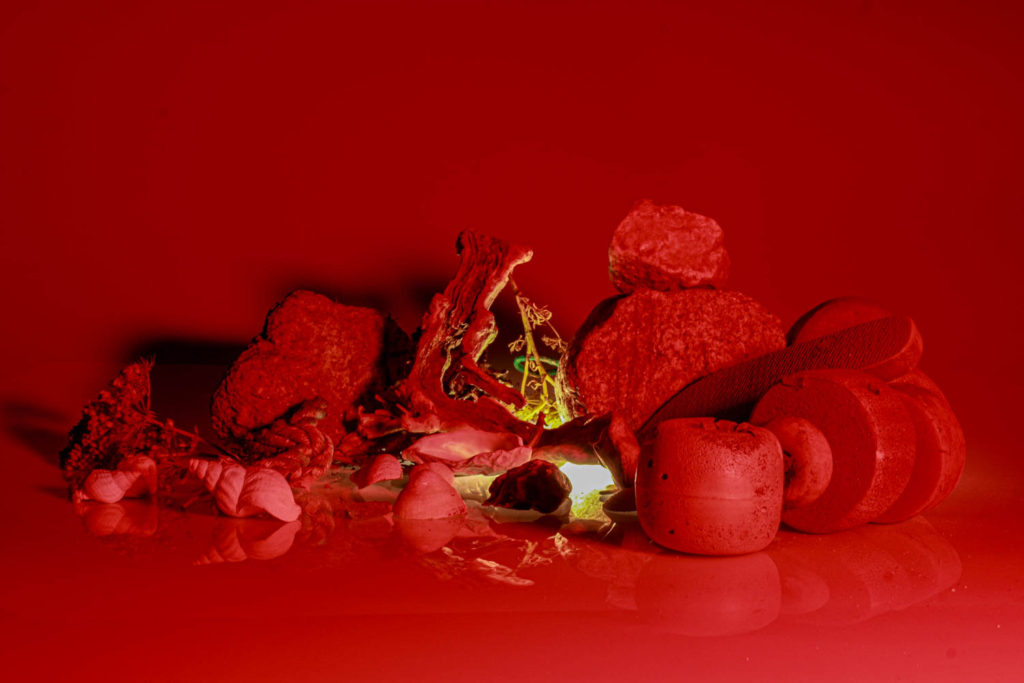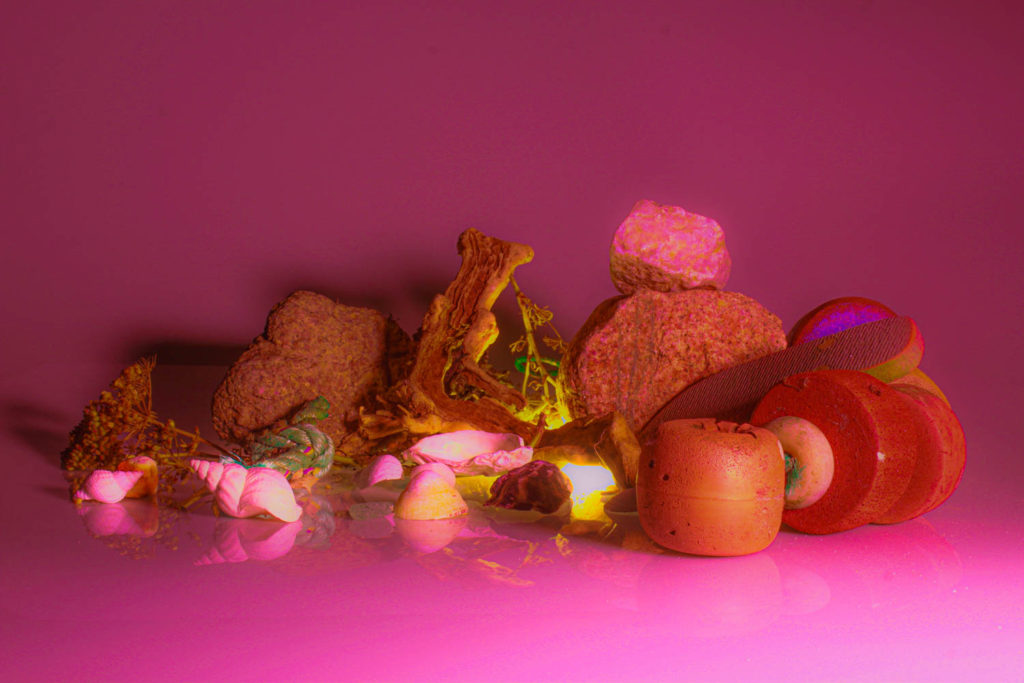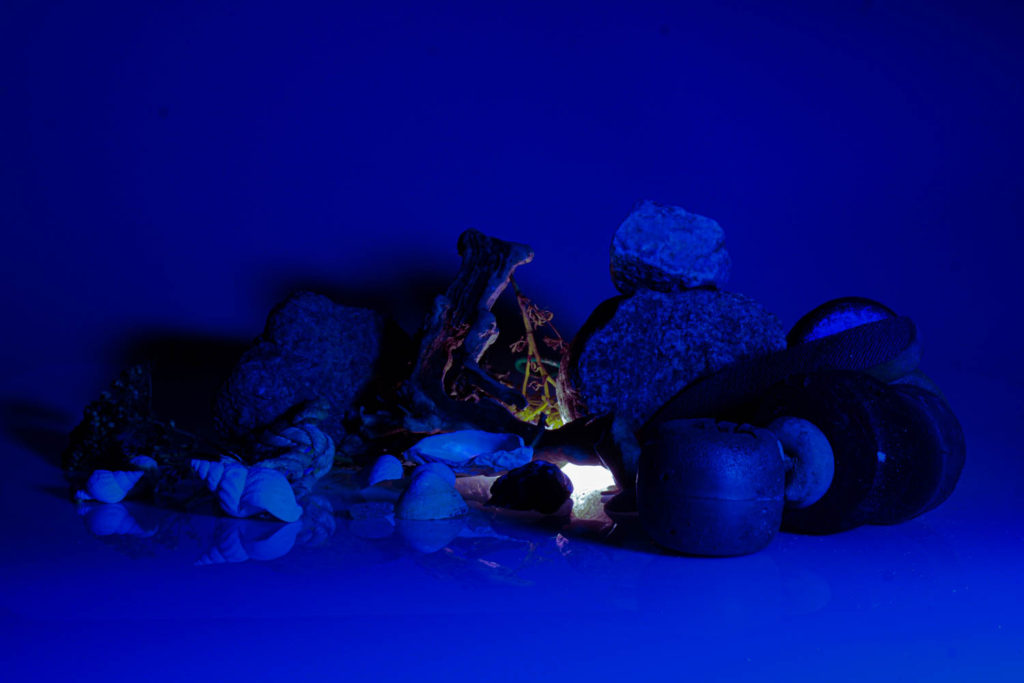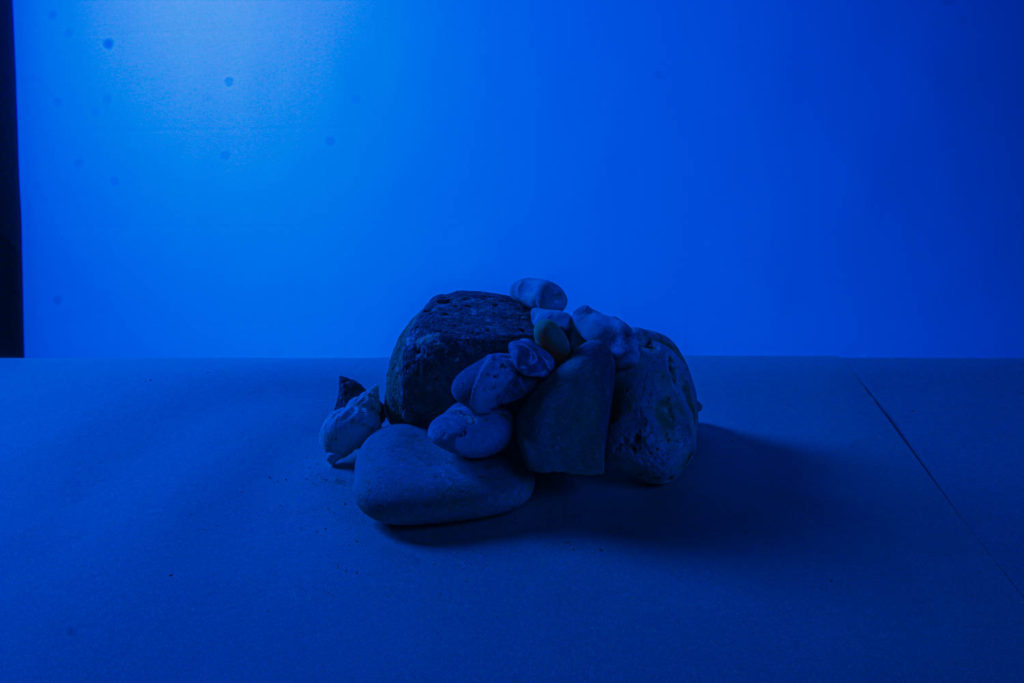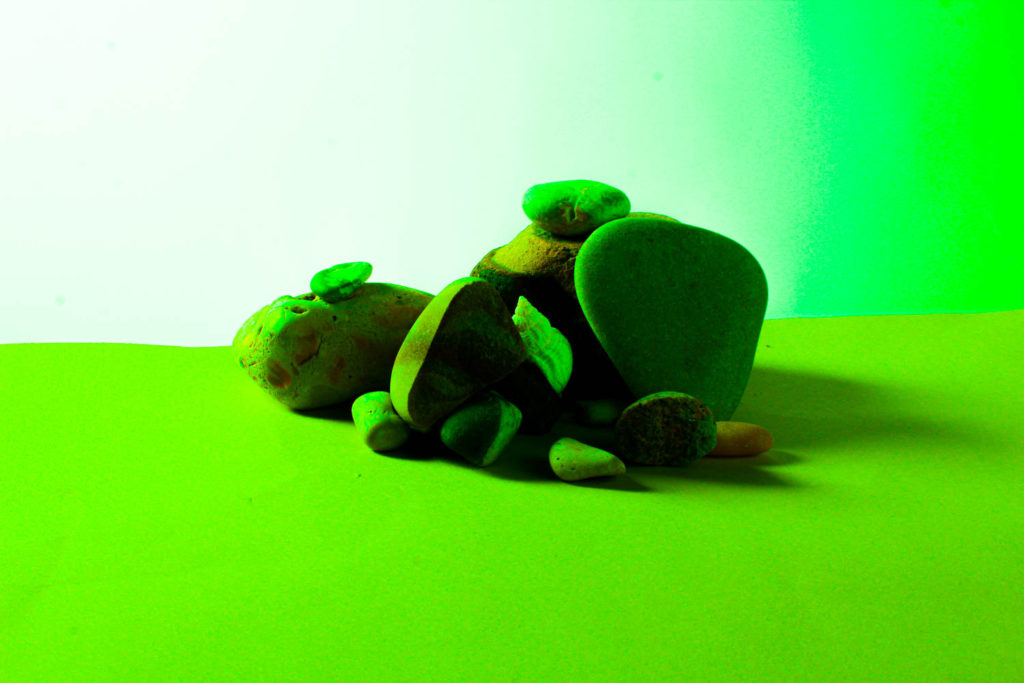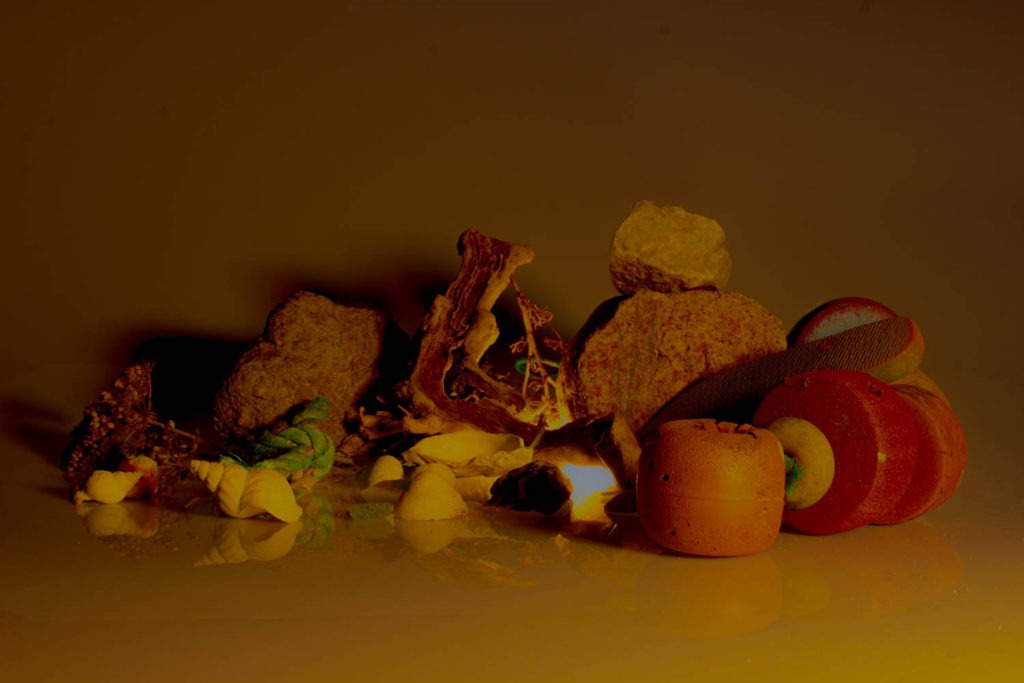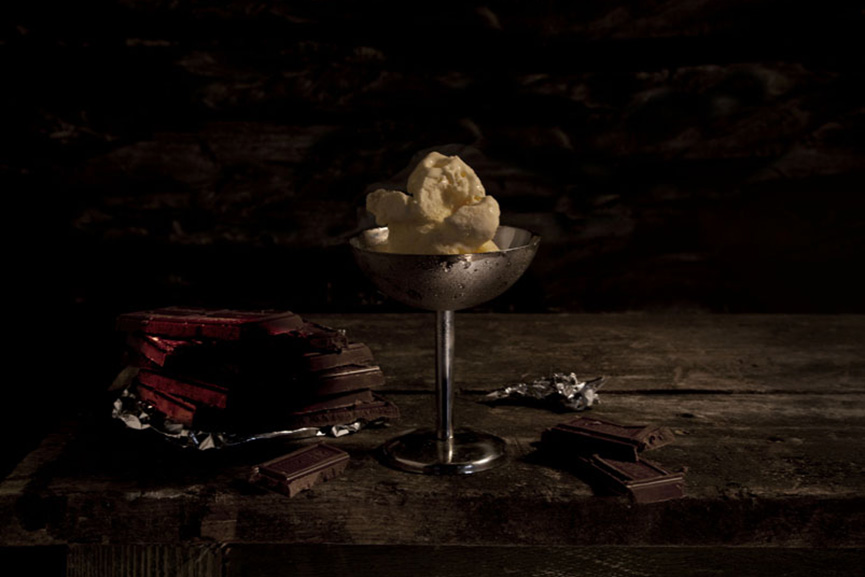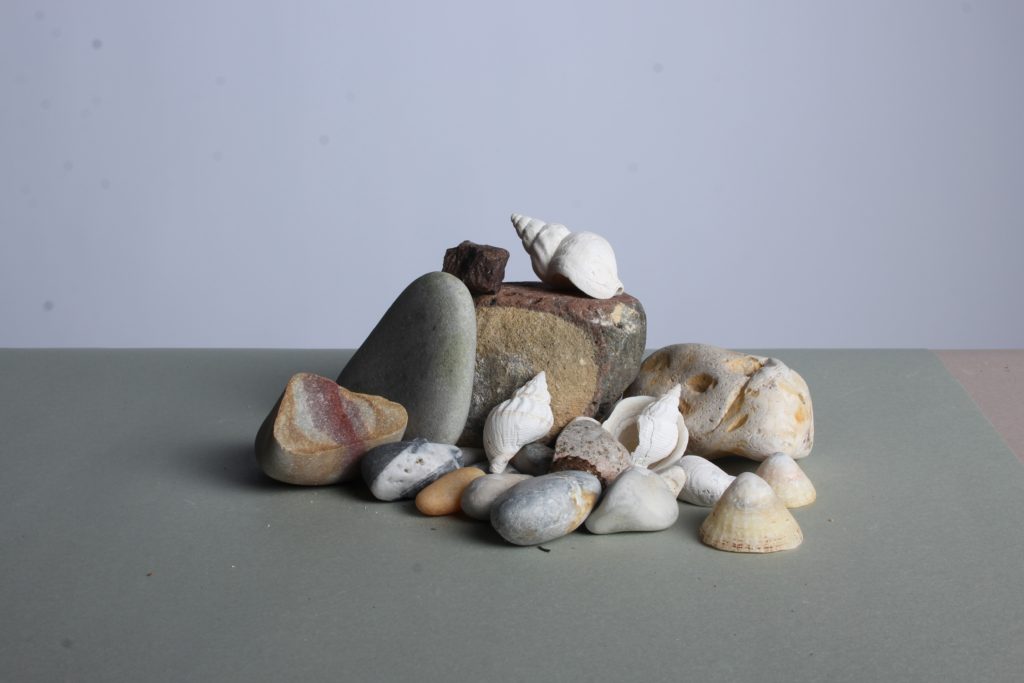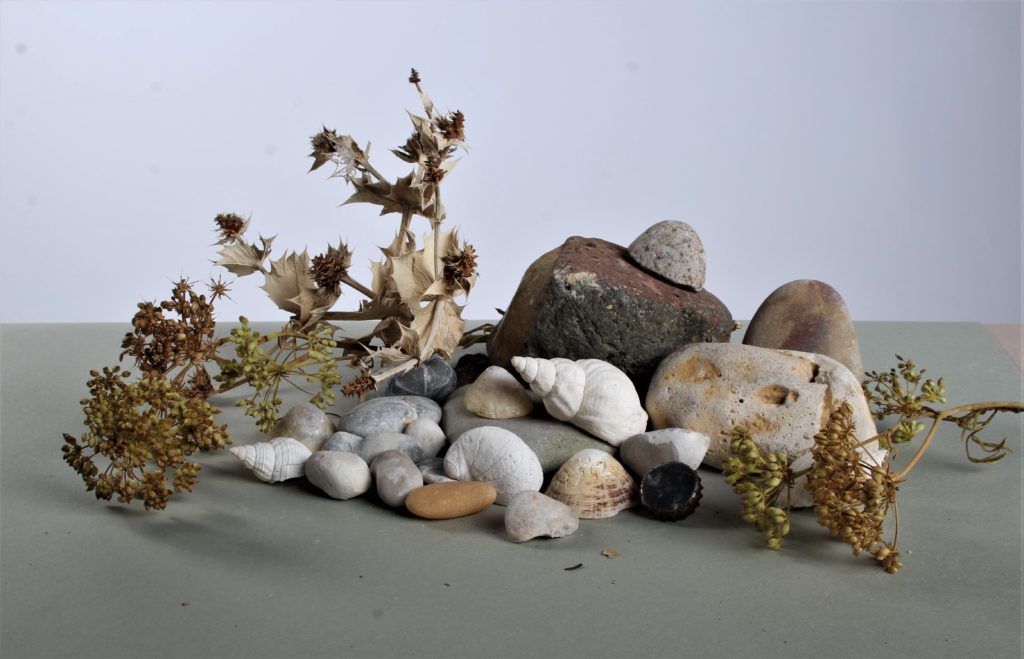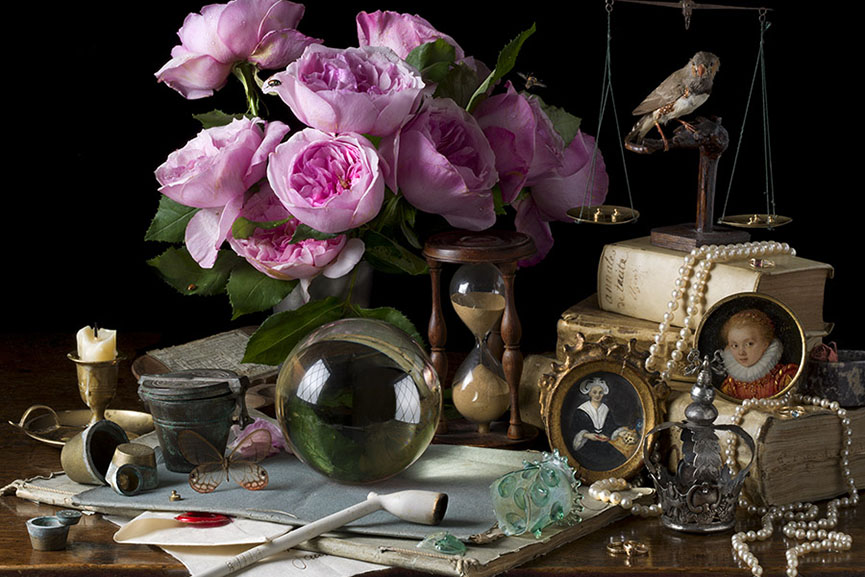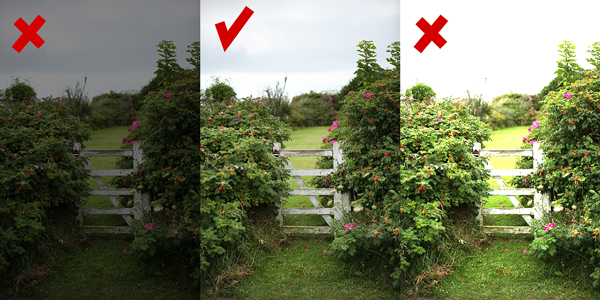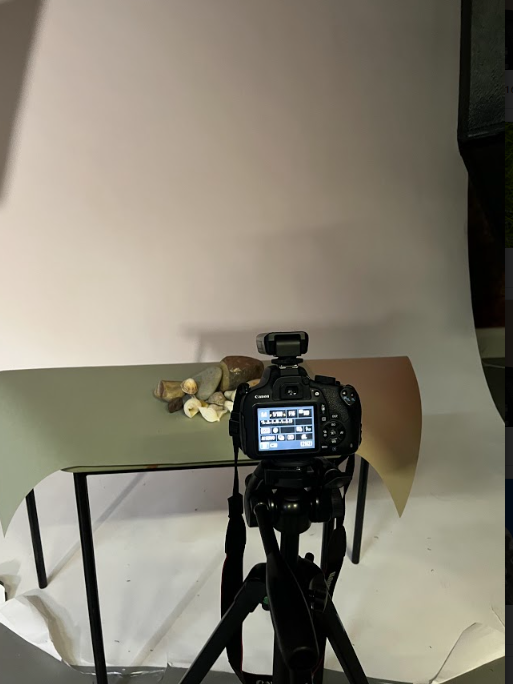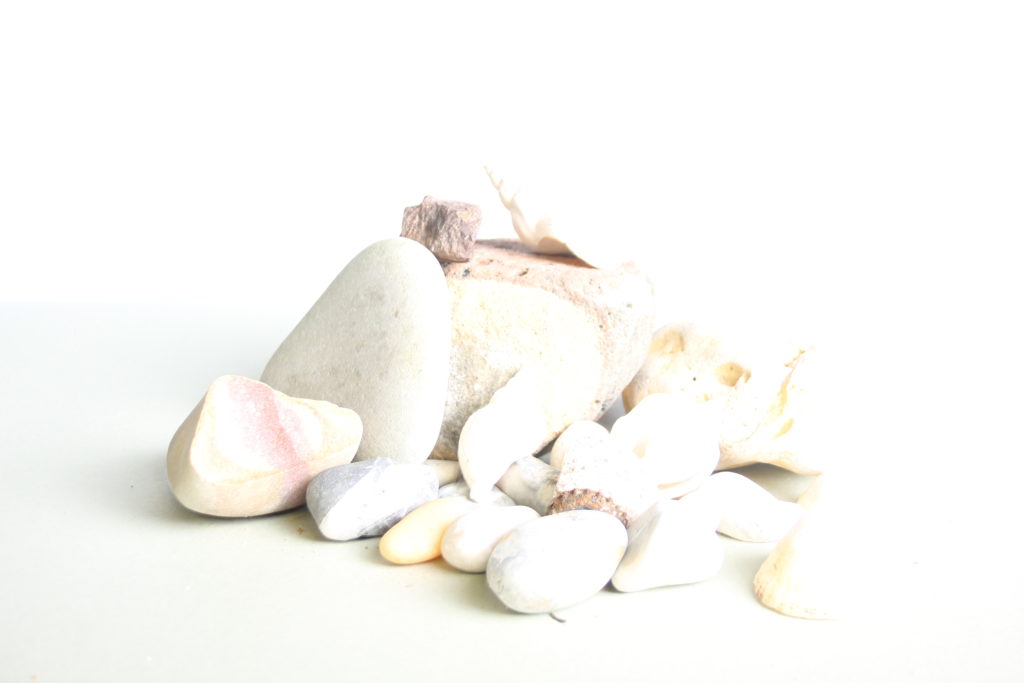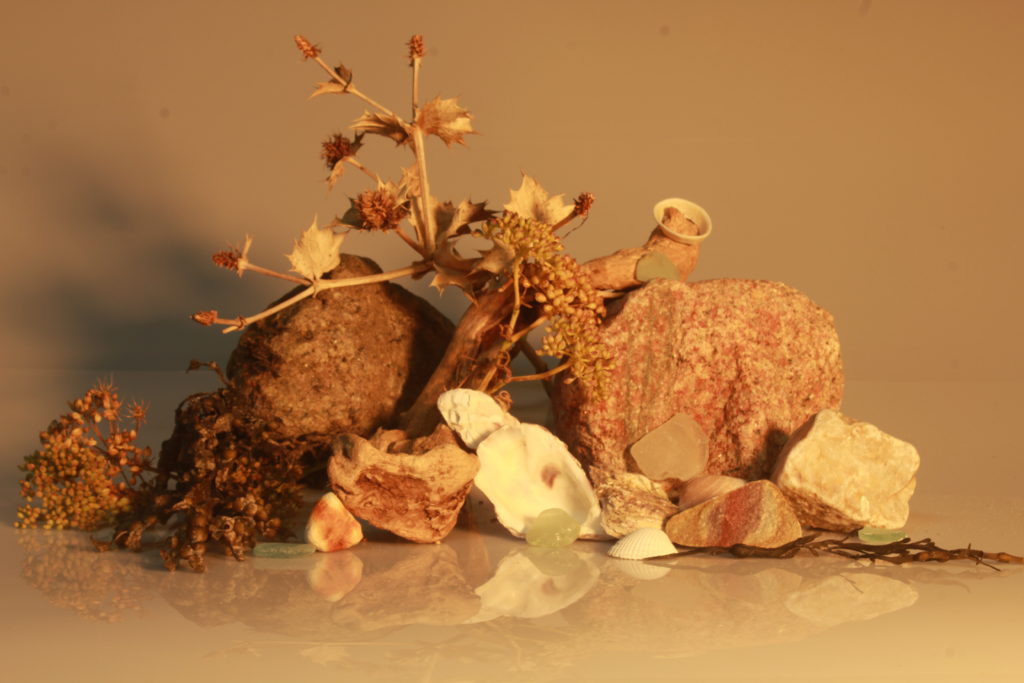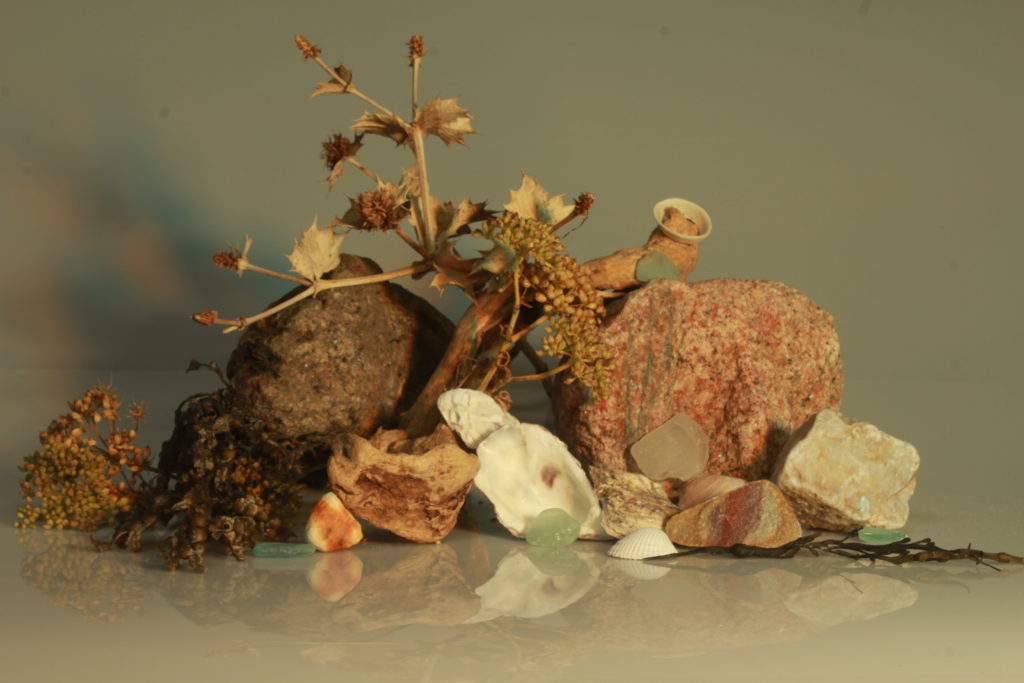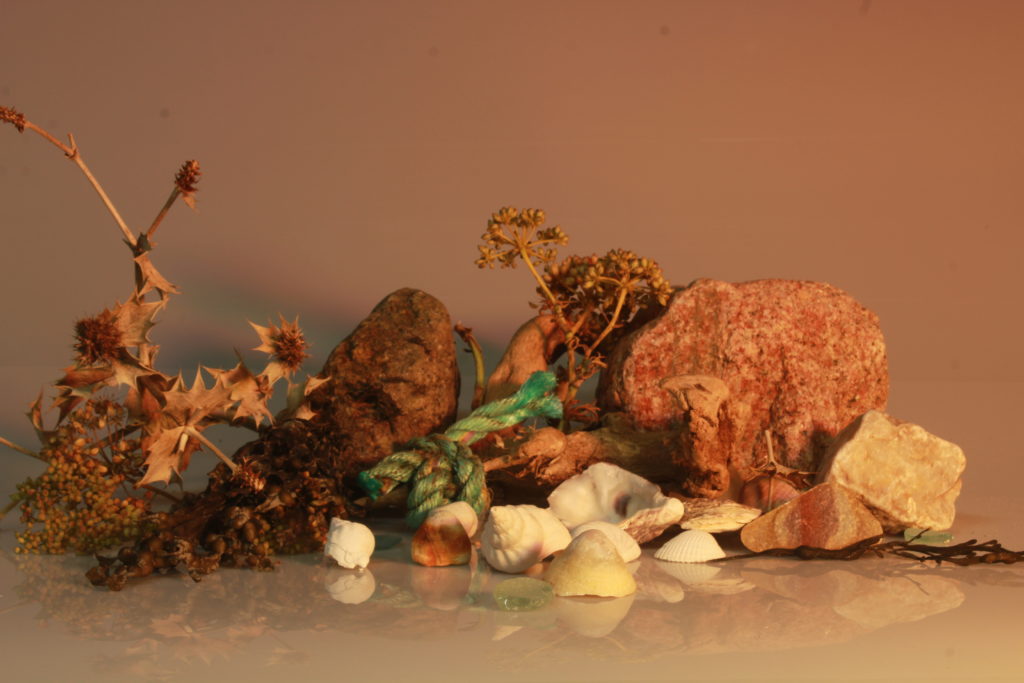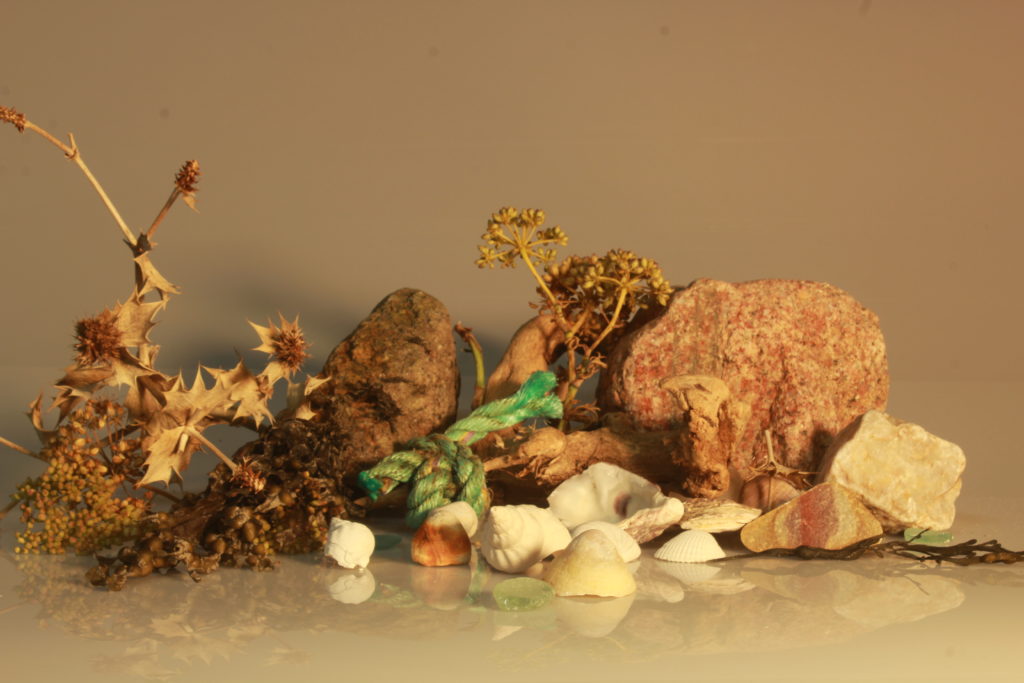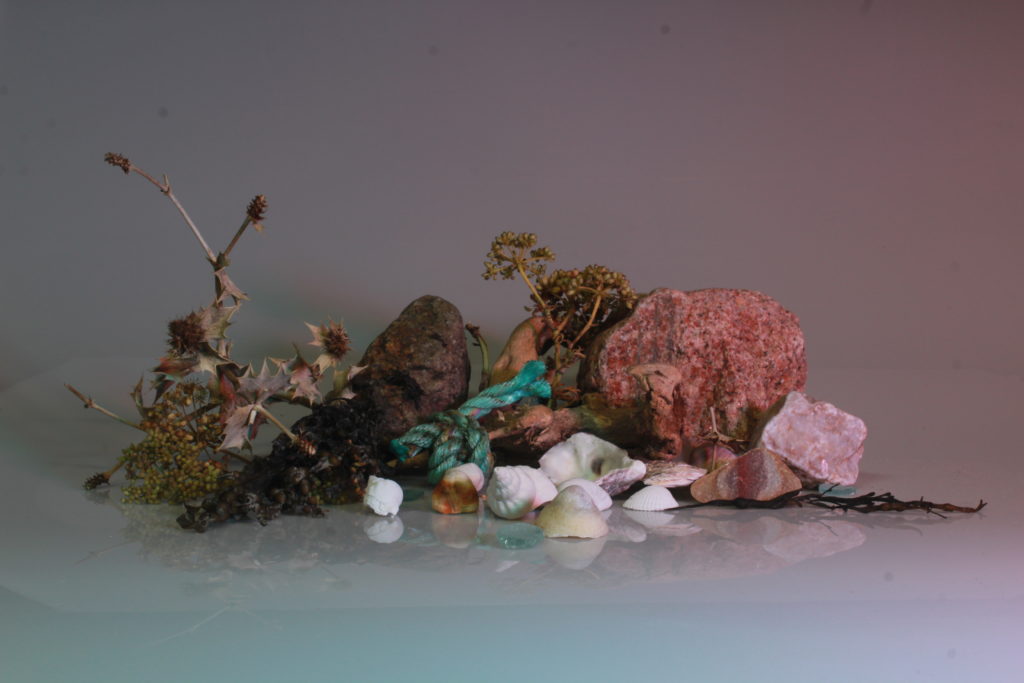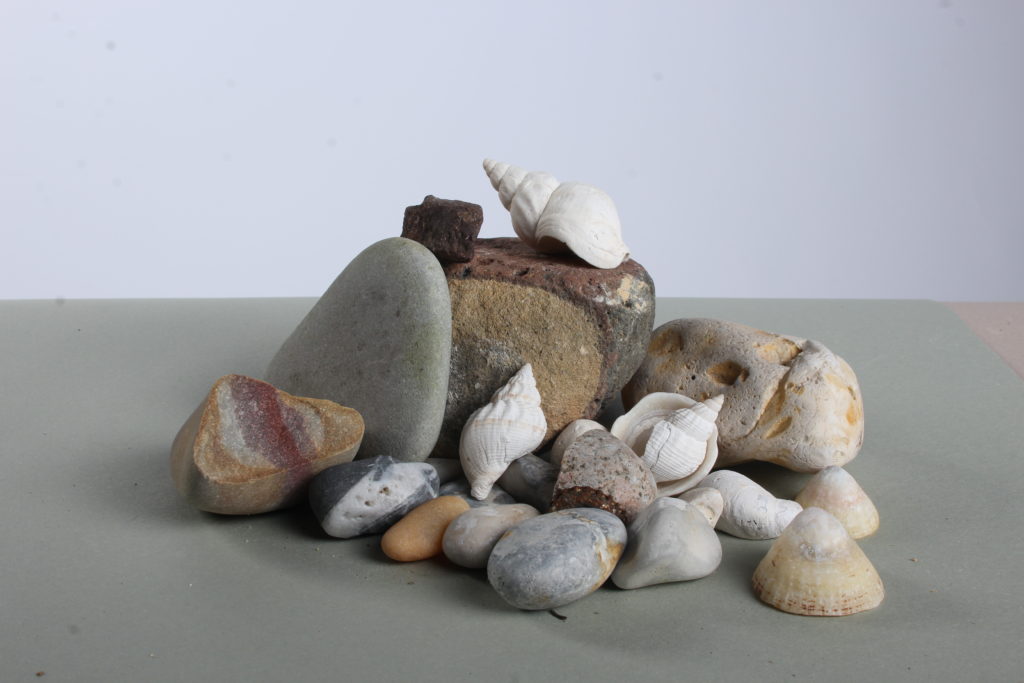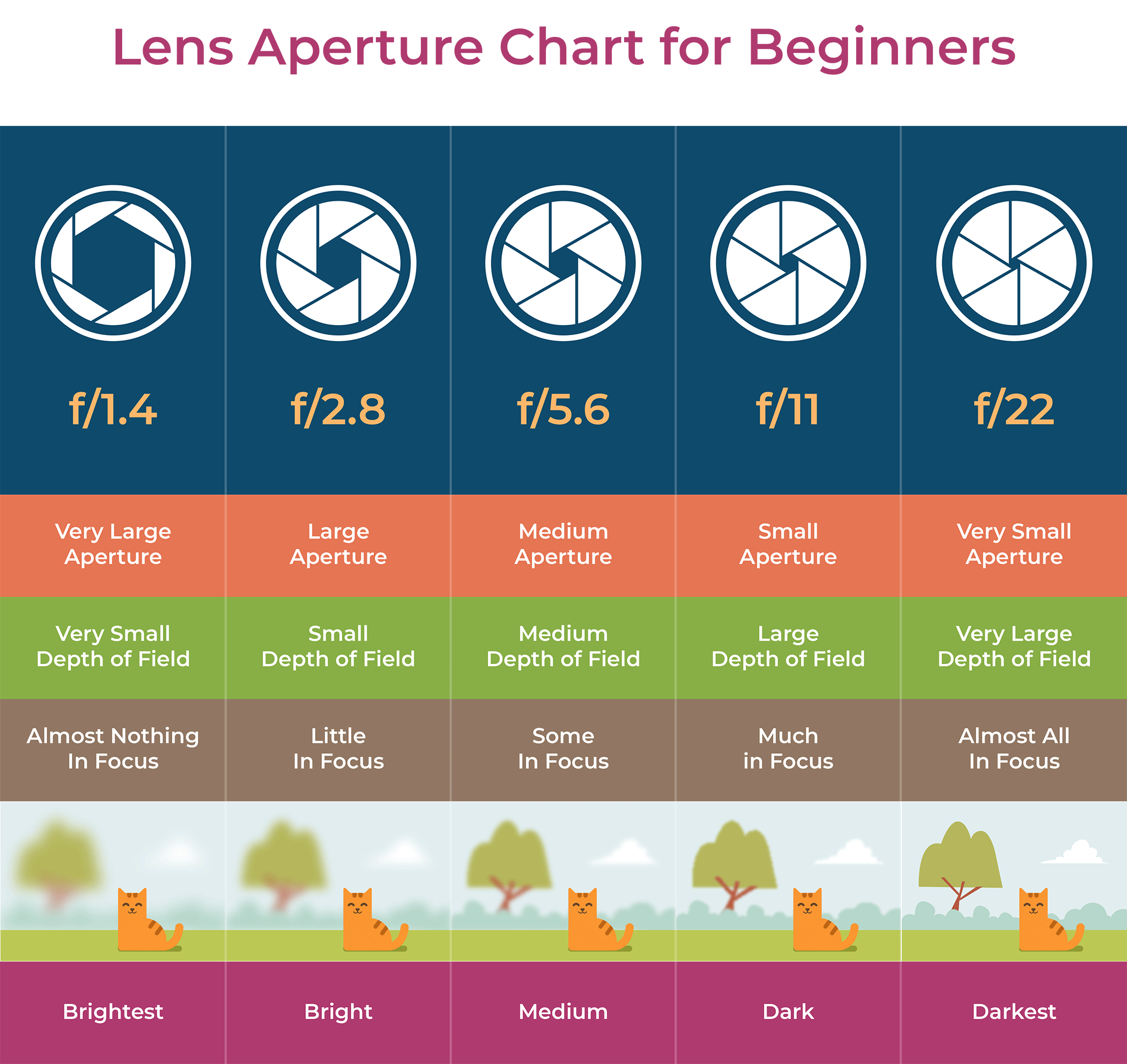Still life is exactly as it sounds. It is a picture or mainly painting consisting of an arrangement of objects in a specific formation and placement.
Still life originated from the Egyptian and Roman periods around the 15th century growing an independence during the 1600s, but originated in the Netherlands as a genre, mainly consisting of flowers. There are many different meanings for still life, for example in Italian it translates to natura morta, also meaning “dead nature”.
It was used during this time for some to show off your riches, showing off your hierarchical placement, and the unique objects you obtain. Eventually the meaning behind still life grew for artists, with more moral reasonings behind them creating unique looks.

You could see still life was a deep concept, showing the beauty of life, and how it can be placed in any manner possible, showing the uniqueness of forever changing life within each picture and/or painting.

During the post impressionism, famously Van Gogh brought sill life paintings to life, with one of his paintings called “sunflowers”, creating inspiration for other artists to be influenced by and adapt from in their own way.
Vanitas
Vanitas was one genre within still life, which where paintings consisting of dead objects or things. This was to show people in a creative concept about death, and how it should be bought to attention as peoples inevitability.
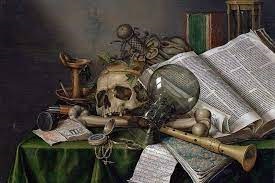
It was look at in a unique way to show people how everything should be taken lightly in life, and how it is destiny for life to end, and is a common occurrence in life. It was also seen as Emptiness, worthlessness, but was still seen in an accepting light.
This links in to the phrase “mememto mori” with the same view of inevitable death and a similar meaning of remembering you must die. With the paintings mainly consisting of skulls, and other dead objects.
Most of these paintings and pictures where seen mainly of symbols and metaphors for life, about life. It gave people a better view and meaning in life, almost a comfort, with the knowing and acceptance of death, whilst also seeing the present beauty of life.

